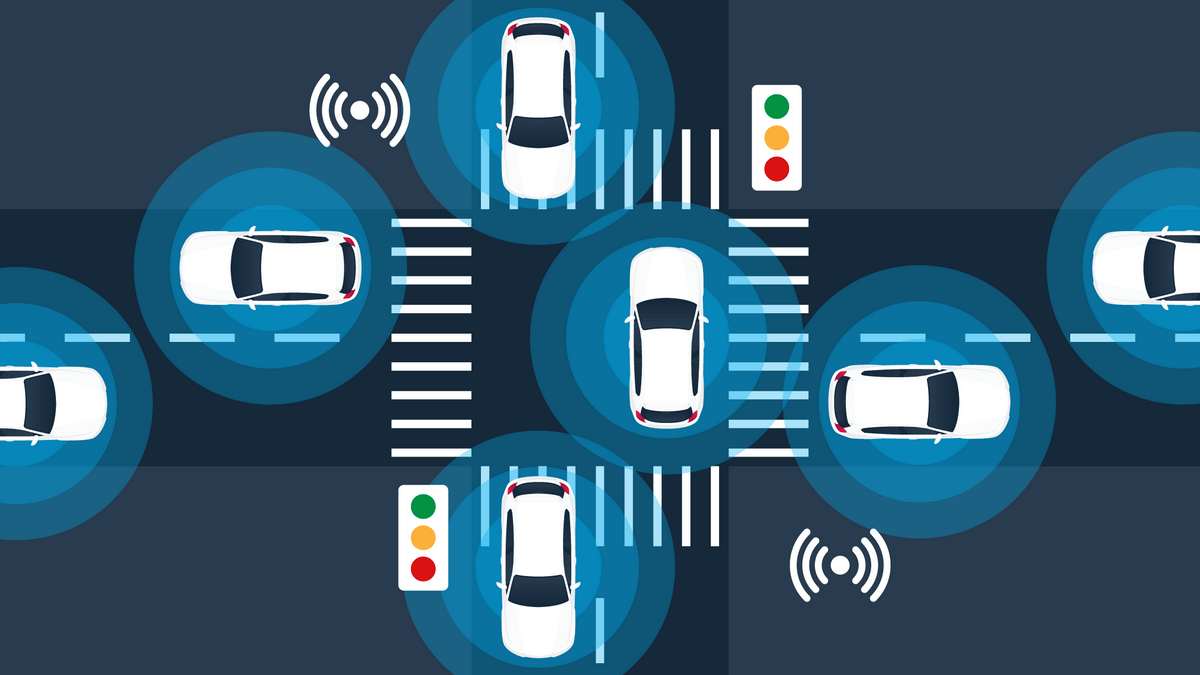
If you’re unfamiliar with the term, telematics is the study of telecommunications and informatics. In other words, it’s the combination of telecommunications and information technology. So what does that have to do with cars? Telematics in cars refers to the use of technology to monitor and control various aspects of a vehicle’s operation. This can include anything from GPS tracking to real-time monitoring of engine performance.
Telematics in car insurance typically refers to a pay-as-you go plan
If you’re like most people, the word “telematics” probably doesn’t mean much to you. But if you’re a driver, there’s a good chance that you’ve already benefited from this technology without even knowing it. Telematics is a broad term that refers to the use of computers and telecommunications to exchange information over long distances.
In the insurance industry, telematics typically refers to pay-as-you-go insurance plans that use data from a vehicle’s onboard computer to track driving behavior. This data can be used to help insurers develop more accurate rate quotes, and it can also help policyholders save money on their premiums. If you’re a safe driver, telematics can be a great way to get the discounts you deserve.
What is telematics and how does it work?
Telematics is an emerging technology that has the potential to revolutionize the way we live and work. Basically, telematics refers to the integration of telecommunications and informatics, or the combination of communication and information technology. This integration allows for the exchange of data and information in real time, making it possible to monitor and manage complex systems remotely.
For example, telematics could be used to track the location of a fleet of vehicles or to monitor the health of a patient in a hospital. The possibilities are endless! Telematics is already being used in a variety of industries, and its applications are only limited by our imagination.
How can telematics be used in the automotive industry to improve safety and efficiency on the roadways?
In the ever-changing landscape of the automotive industry, one thing remains constant: the need for safety and efficiency on the roadways. Telematics is a relatively new technology that is being used to improve both of these areas. Telematics uses vehicle camera systems, sensors, and other data-gathering devices to collect information about a vehicle’s location, speed, and other parameters.
This information can then be analyzed to help identify potential safety hazards and improve efficiency. For example, if a large number of accidents occur at a certain location, telematics can be used to make changes to the roadway design to help reduce the likelihood of future accidents.
Similarly, if traffic patterns indicate that a particular route is constantly congested, telematics can be used to suggest alternate routes that may be faster and less congested. In the future, telematics will likely play an increasingly important role in the automotive industry as we strive to make our roads safer and more efficient.
What are some of the benefits of using telematics for insurance purposes?
There are a lot of benefits that come with using telematics for insurance purposes. For starters, it helps insurers to get a more accurate picture of a driver’s habits. This, in turn, allows them to offer more tailored and personalized coverage. Additionally, telematics can help to lower premiums for good drivers and increase rates for risky drivers.
This encourages safe driving habits and helps to make the roads safer for everyone. Finally, telematics can also help insurers to detect and prevent fraud. All in all, using telematics for insurance purposes provides a lot of advantages and benefits that can be enjoyed by both insurers and policyholders alike.
Are there any drawbacks to using telematics technology in vehicles and fleets, and if so, what are they?
Telematics technology has revolutionized the way that fleet managers and vehicle owners track and manage their vehicles. By installing a telematics device in each vehicle, fleet managers can see real-time data on the location, speed, and performance of their vehicles.
This data can be used to improve route planning, optimize vehicle maintenance, and even prevent accidents. However, there are some drawbacks to using telematics technology. One concerns privacy; because telematics devices collect data on the movements of vehicles, there is potential for this data to be misused.
Another drawback is cost; telematics devices can be expensive to install and maintain. Finally, telematics technology can be unreliable; if a device fails or is not properly installed, it can provide inaccurate data. Despite these drawbacks, telematics technology offers many benefits that make it a valuable tool for fleet managers and vehicle owners.
How will the future of telematics impact automotive safety and efficiency on our roads and highways across North America?
The future of automotive safety and efficiency is set to be transformed by telematics. Telematics is the integrated use of telecommunications and information technology, and it has the potential to revolutionize the way we drive. For example, telematics could be used to create a real-time map of traffic conditions, allowing drivers to avoid congestion and plan their routes accordingly.
Additionally, telematics could be used to monitor vehicle maintenance, ensuring that problems are logged and addressed before they cause an accident. Finally, telematics could be used to automatically call for help in the event of an accident, potentially saving lives. The possibilities are truly endless, and the future of automotive safety and efficiency is looking very bright indeed.
Telematics is a rapidly growing field with a lot of potential. It has already begun to impact the automotive industry in a positive way, and its potential uses are only limited by our imagination. In the future, telematics will likely play an increasingly important role in making our roads safer and more efficient. However, there are some drawbacks to using telematics technology, such as cost and privacy concerns. Despite these drawbacks, the benefits of using telematics far outweigh the negatives. The future of automotive safety and efficiency is looking very bright.



